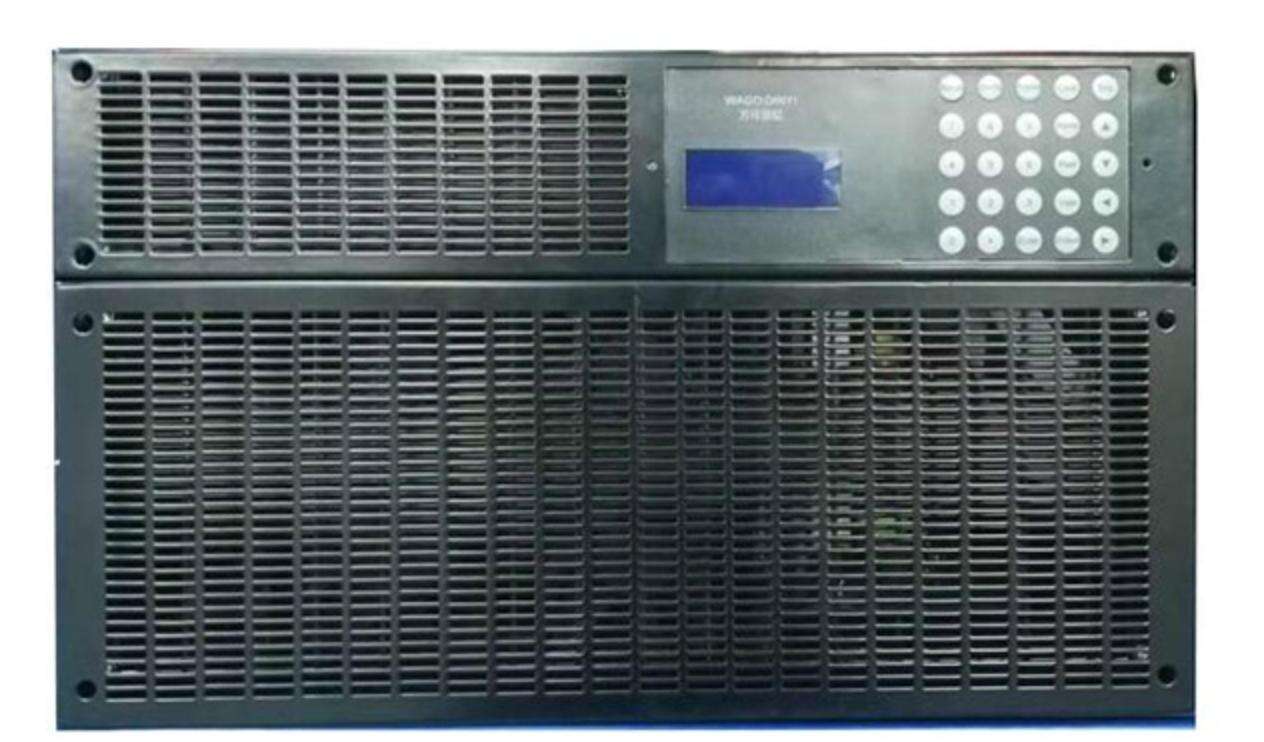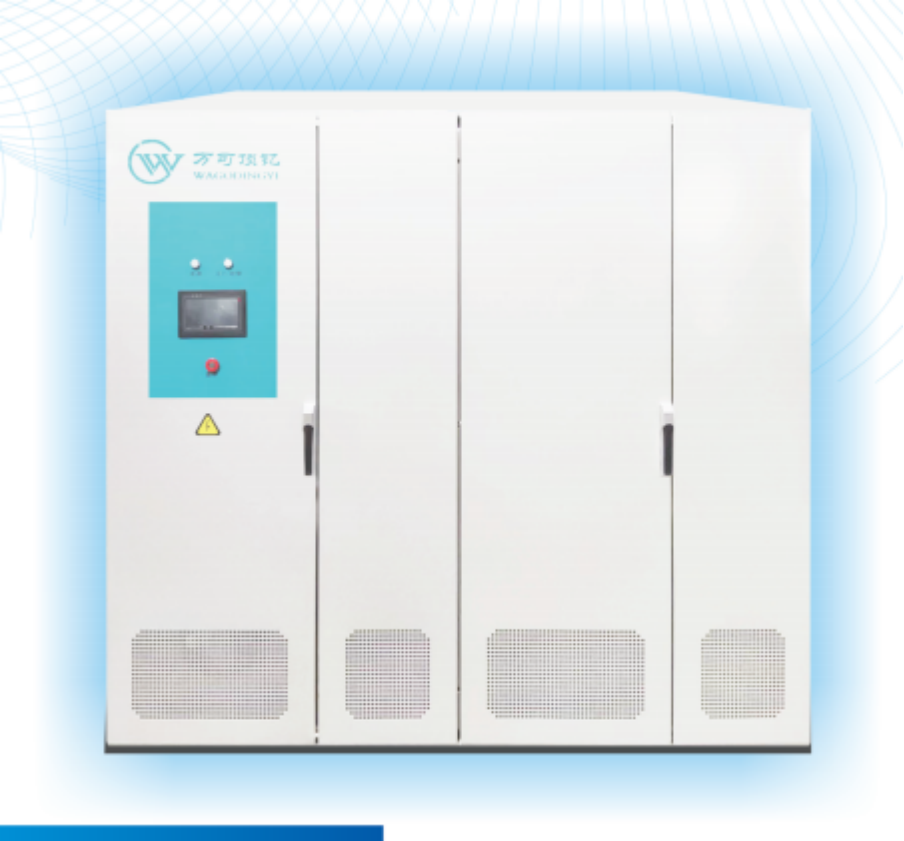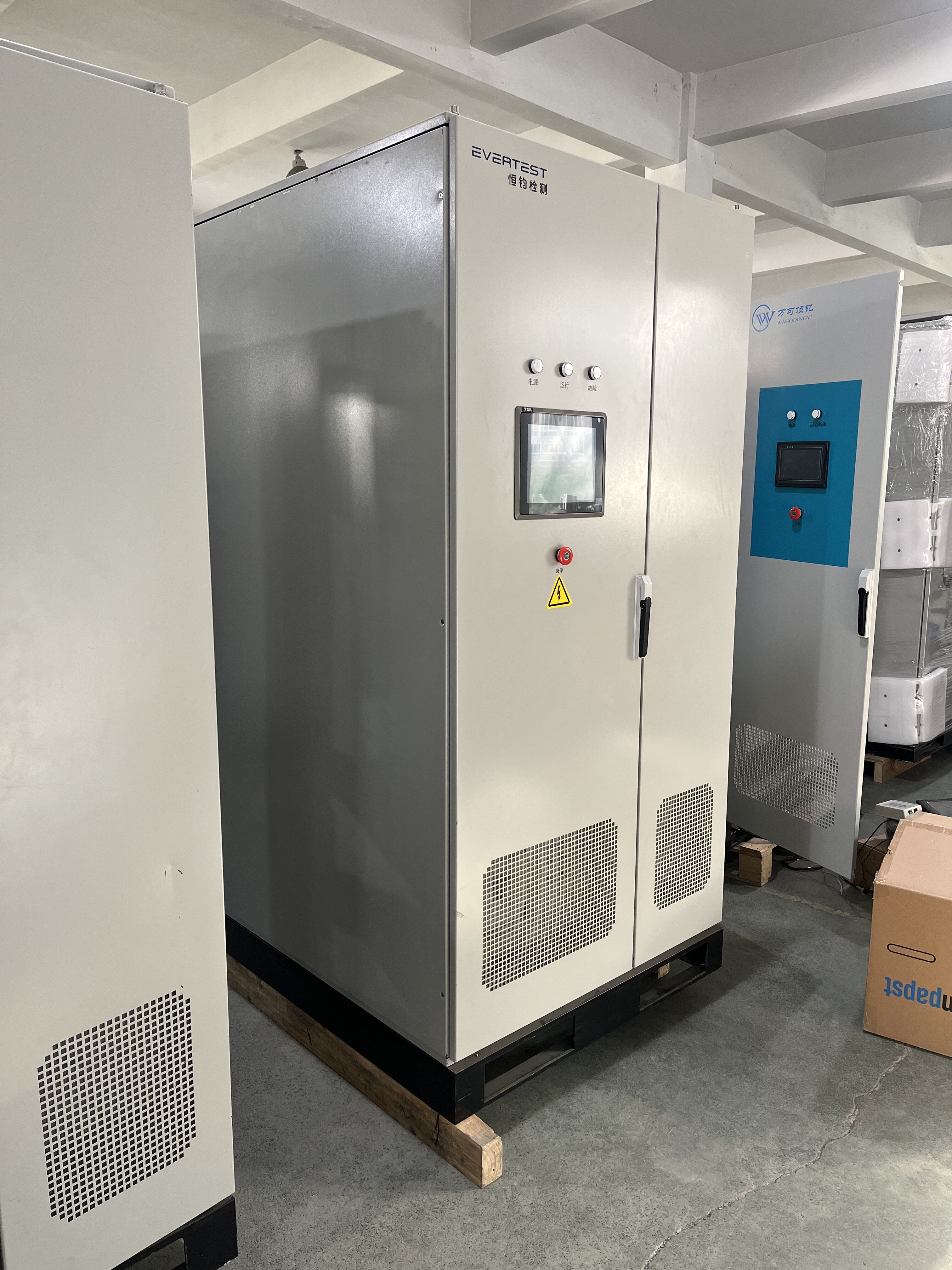wind farm cluster control
Wind farm cluster control represents a sophisticated approach to managing multiple wind farms as a unified system. This advanced control strategy optimizes the collective performance of interconnected wind turbines across various locations, ensuring maximum energy output and operational efficiency. The system employs state-of-the-art algorithms and real-time data analysis to coordinate turbine operations, power distribution, and maintenance schedules. By integrating weather forecasting, grid demands, and individual turbine performance metrics, cluster control enables dynamic response to changing conditions. The technology features centralized monitoring systems, automated power regulation, and intelligent load balancing capabilities. These components work together to maintain grid stability while maximizing energy production. The system's applications extend beyond basic turbine management, encompassing predictive maintenance, power quality control, and grid integration optimization. Modern wind farm cluster control systems utilize advanced communication networks to ensure seamless coordination between multiple sites, allowing operators to manage extensive wind energy installations from a single control center. This comprehensive approach to wind farm management has become increasingly crucial as wind energy continues to play a vital role in the global transition to renewable energy sources.




